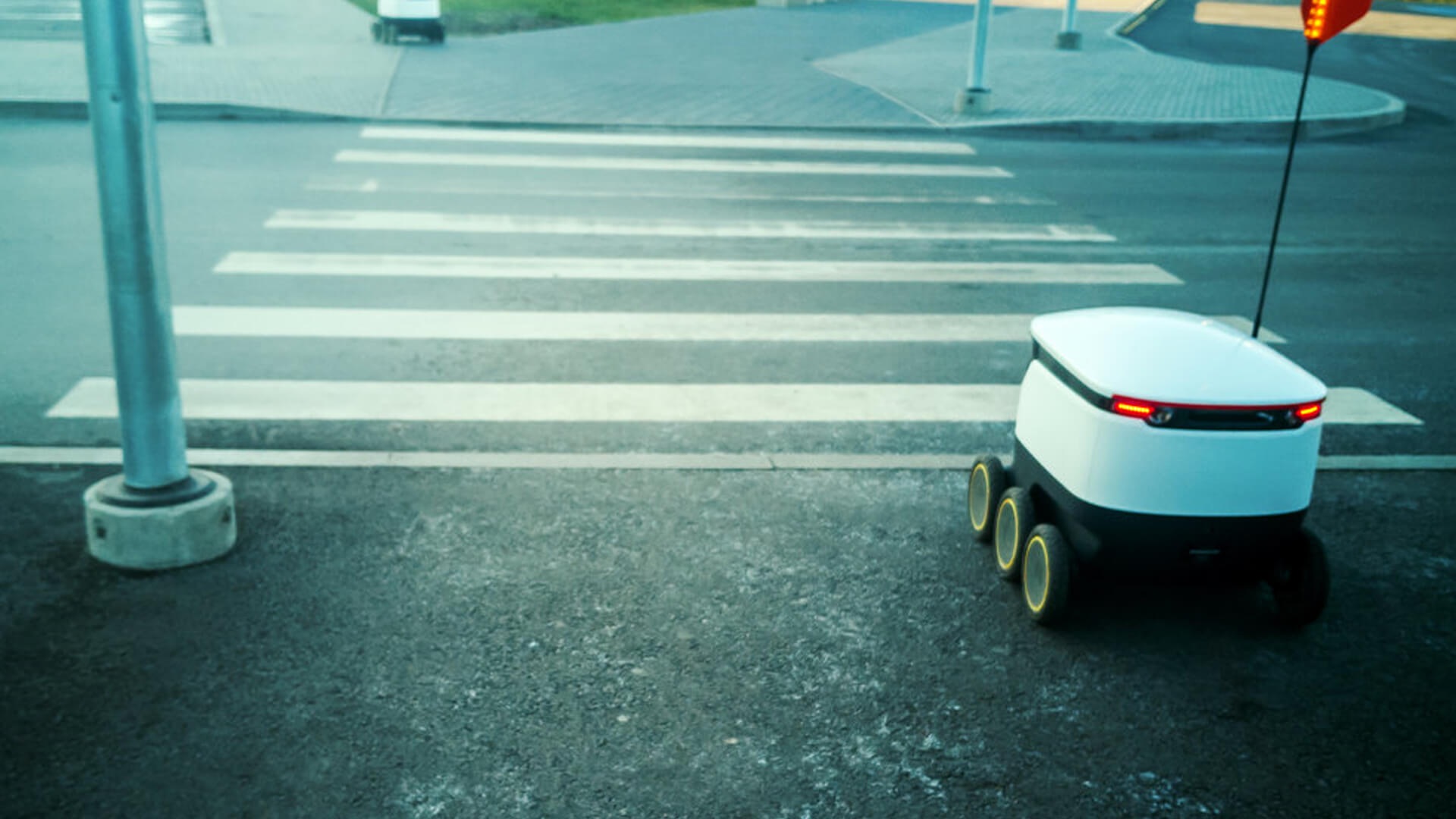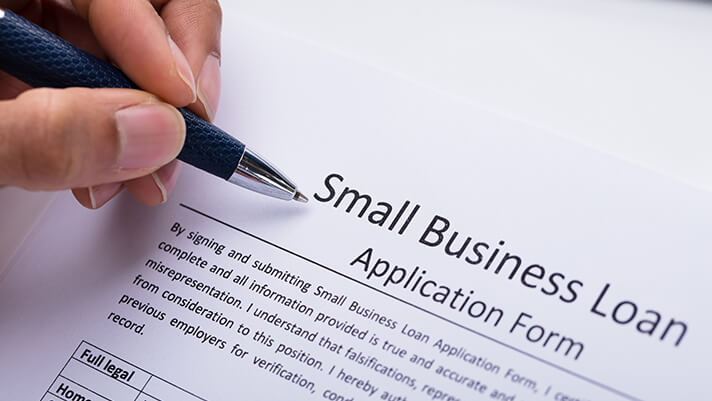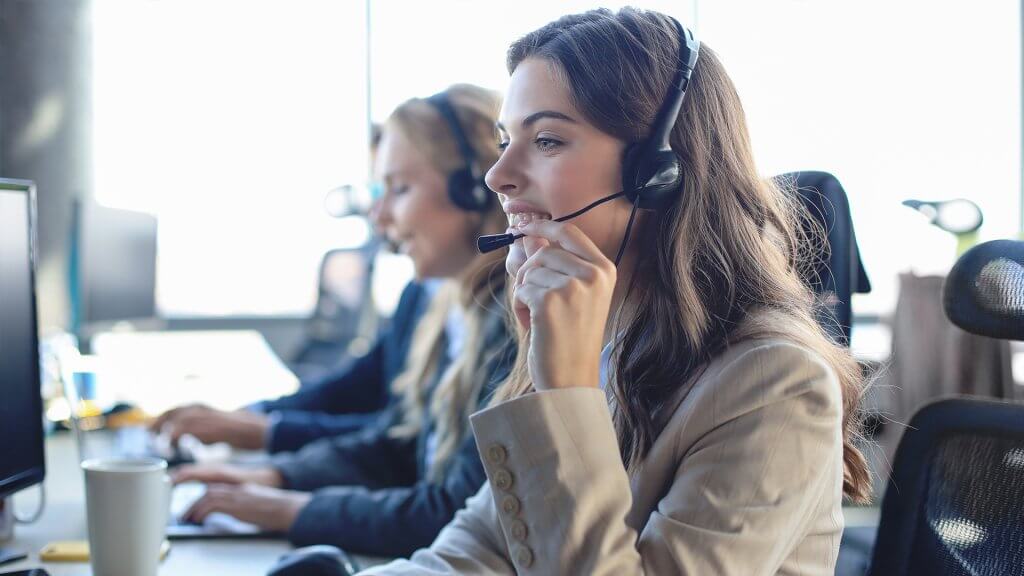Companies need to do more to embrace rapidly-advancing technology and not be left behind by the “robot revolution”, according to a leading businessman.
Robert Lockyer, who owns luxury packaging provider Delta Global, said it was exciting to witness the worldwide race to develop robots which can deliver goods straight to consumers via our sidewalks.
With the ability to cut delivery costs and carbon emissions in urban areas, this futuristic technology is set to become a staple in e-commerce delivery – completely overhauling the way we shop.
The packaging and retail industries need to work harder to find a place in this revolution, said Robert, CEO of Delta Global, which delivers luxury e-commerce packaging for top brands including Tom Ford, Coach and Neal’s Yard Remedies.
“This technology will change the face of retail deliveries and with the worldwide acceleration of online purchasing requiring speed and ease for customers we can’t afford to ignore it,” Robert said.
Here he takes a look at what the future has in store for his industry and the steps it needs to take to adapt….
What is the current situation?
In April this year, Washington became the eighth US state to approve the use of robot technology.
Testing their ‘Scout’ delivery device in Washington and California, e-tail leader Amazon has been experimenting with deliveries on the ground and the use of aerial drones for its Amazon Prime service.
More recently, China and Japan have revolutionised a robot’s ability to navigate stairs and elevators, testing a series of food delivery bots that carry packages to students in their dorms and office workers at their desks.
In the UK, Starship Technologies introduced a robot delivery scheme in Milton Keynes. Residents pay a monthly subscription, using an app to have their goods delivered to a central robot hub – and then on to the ‘last-mile’ distance to their home address.
Robert said: “More and more companies are beginning to invest in the technology as consumer convenience continues to be the one of the most important factors in online retail.
“Starship Technologies are already operating some of their robots between 8am-2am which gives them an advantage over traditional couriers – and it’s what people will come to expect.”
What are the benefits of this technology?
With 360 degree camera orientation, integrated GPS, ultrasound sensors and radars that help the bots avoid obstacles and to cross streets, the technology is highly sophisticated.
As retailers face an increased demand by shoppers for speedy and safe delivery methods, they need to develop a system to meet that demand but which is still profitable. An automated robot acts as a time-saver for both consumers and a courier service.
“Sustainability is currently a central focus in the retail industry,” said Robert. “As these bots are electrically powered, embracing this technology could reduce carbon emissions, road congestion as well as unnecessary packaging in some cases.
“Their introduction could cut delivery costs in built-up areas and even generate more economic growth if people are to pay a premium for this service.”
What are the risks?
There are big questions over the reliability of robotic deliveries. As well as the problems that wheeled robots face in navigating sidewalks and drones have in performing in bad weather, there is the matter of the actual product they are delivering.
Potential technological failures could result in damaged or stolen items and even lead to accidents on our roads and pavements.
“Retailers and manufacturers will have to consider the risks of product breakages and damage which could lead to a higher rate of returns and refunds,” Robert said.
“There’s also the question of security and whether you can get your money back if a droid doesn’t drop off your parcel.”
In e-commerce there is a need for packaging to deliver a personal and unique experience for every customer.
“Particularly in luxury, there is an expectation that your item will arrive in a high quality, interesting and artistic way,” he explained.
“In the age of Instagram and image-driven buyers, packaging is one of the best ways retailers can offer a personal touch or showcase the speciality of their product.
“Droid delivery, especially in smaller communities like offices and universities, should still be able to provide this experience and ensure the ‘brand’ is still present when the lid of the bot is opened.”
So how to we adapt?
The packaging and retail industries need to find their place in this robotic revolution, said Robert.
“Retailers are beginning to see the benefits of this technology to enhance their warehouse automation and efficiency. Robots can transport items from the point of picking to the packing stages and can speed up vehicle loading time – there are little external risks with this.”
He added that in this age of eco-friendly buyers, retailers should also consider that if droids can deliver then they can collect.
“Brands and robot developers should look at how this might help in the recycling of goods and how to incentivise customers to swap old for new in an easy ‘pick out’, ‘put in’ system.
“In the food industry, robots are great for removing unnecessary grocery packaging whereas in luxury retail, packaging acts as an important asset to brand advertisement.”
Retailers also need to ensure the packaging it uses is right for the device carrying it. For example, if drones become a working delivery service, packaging will need to be lighter in weight but also have more protection in case of falls from heights.
“We will need to consistently research materials and adapt the ‘reusability’ elements of packaging for the delivery technology which will be inevitable in future,” said Robert.
And he concluded: “It is important to recognise that these technologies are a welcome new addition to our everyday processes and are here to help us optimise our workflows and enhance our lifestyles. “We at Delta Global will embrace the era of robots and look forward to seeing how it will transform our industry.”








